Valeria Margherita Mosca “The Forager”

The Forager
My name is Valeria Margherita Mosca and I’m a forager.
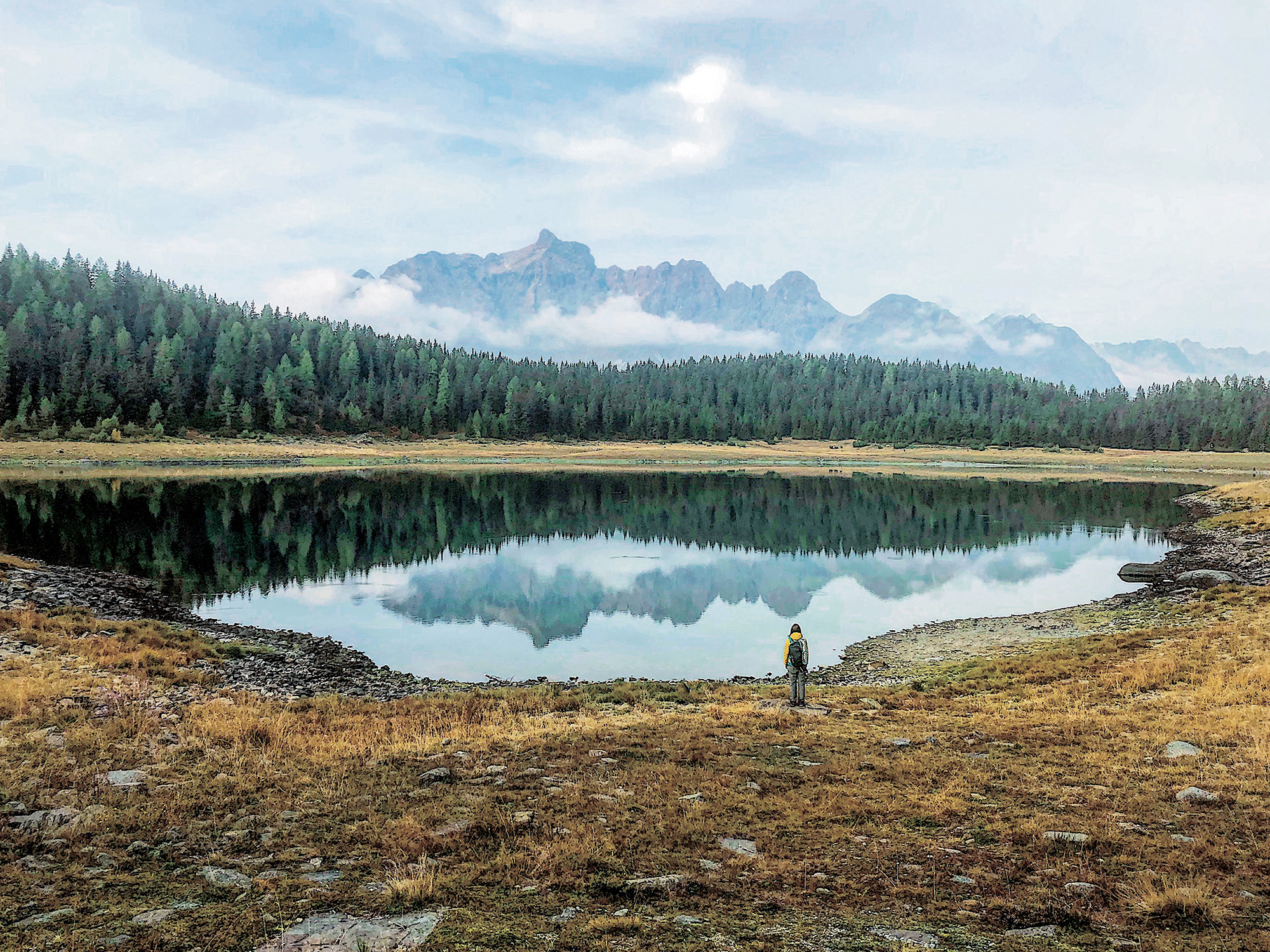
I clearly remember the first time I thought of putting some leaves and pine twigs in a pan. I was 9 or 10 years old and I was crouching under the balcony of the mountain house where I used to spend the summer. I had just returned from a long wandering in the nearby forest where I had looked at the very tall trunks of firs and larches soaring towards the sky. I fell in love with them and it was natural to ask myself if that vibrant plants could have the same intoxicating, intense and aromatic flavor that my nostrils captured in the air in the form of a smell and of which my chemistry collectors were inexorably attracted. So I started imagining and fantasizing, cooking for fun, and filling my pots with needles, barks, leaves and even stones.
A few seasons later, observing my grandmother who grew up in a very isolated valley called Val Zebrù, I realized that not only she did pick up some parts of the same plants but that, with more knowledge than the one I had used in my unusual recipes, she prepared syrups, medicines and, sometimes, whole dinners with her harvest. Since that day, harvesting vegetables has become part of my daily life.
Growing up, I have always tried in every way to match my experiences as a young harvester with my studies, first in anthropology and in cooking, and then becoming an alpine guide, dedicating myself to a continuous deepening of the foraging science and of plants for food use.
I’ve explored many uncontaminated natural environments and collected and cataloged plants, trees, mosses, lichens, molluscs, algae and edible flowers analyzing their organoleptic and nutritional characteristics, as well as their toxicity and chemical connections with the environment until, in 2010, I decided to found the first Italian food lab where to continue these research.
Still today, those tastes, not at all exotic, found in the woods as a child, remain among my favorites and I always look back with gratitude at the day when the love for the forest and its taste opened the door to a world where exploration, sport (foraging implies different sports disciplines from hiking to diving), anthropology, cultural identity, geography, botany, environmental protection, gastronomy and science come together in a reasonable, necessary, exciting and extremely current set.
Foraging is indeed an attitude that has always belonged to the human race and to animals in general. Men were born harvesters and remained so until just over a century ago. The term nowadays identifies the action of going to collect plants or part of them, water molluscs, soil and insects suitable for human nutrition in natural areas as uncontaminated as possible. When the foraging was a common activity the knowledge about the collection was seriously contemplated thanks to a real science that studied the possibility of eating wild food in periods of famine or poverty either by choice or by necessity.
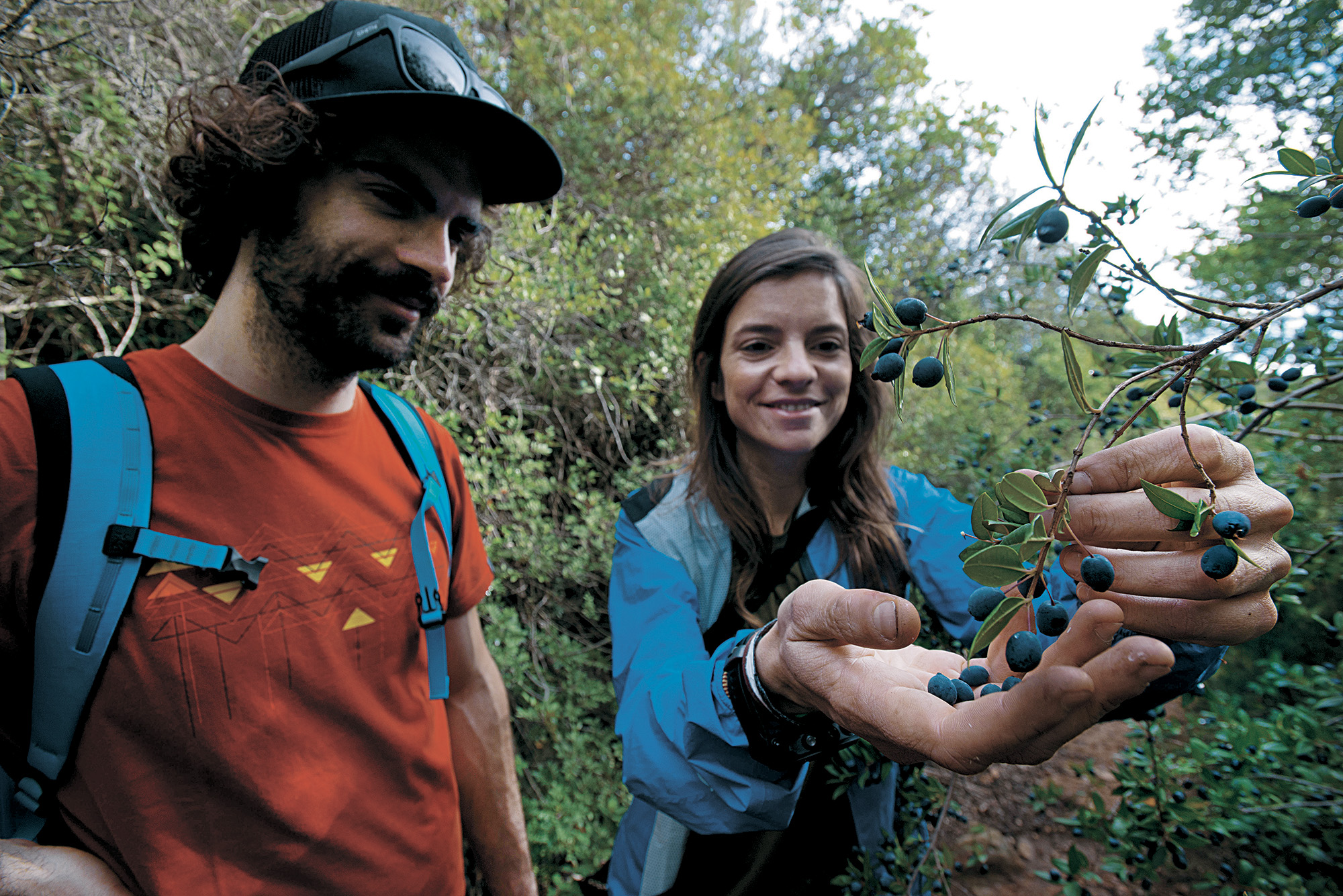
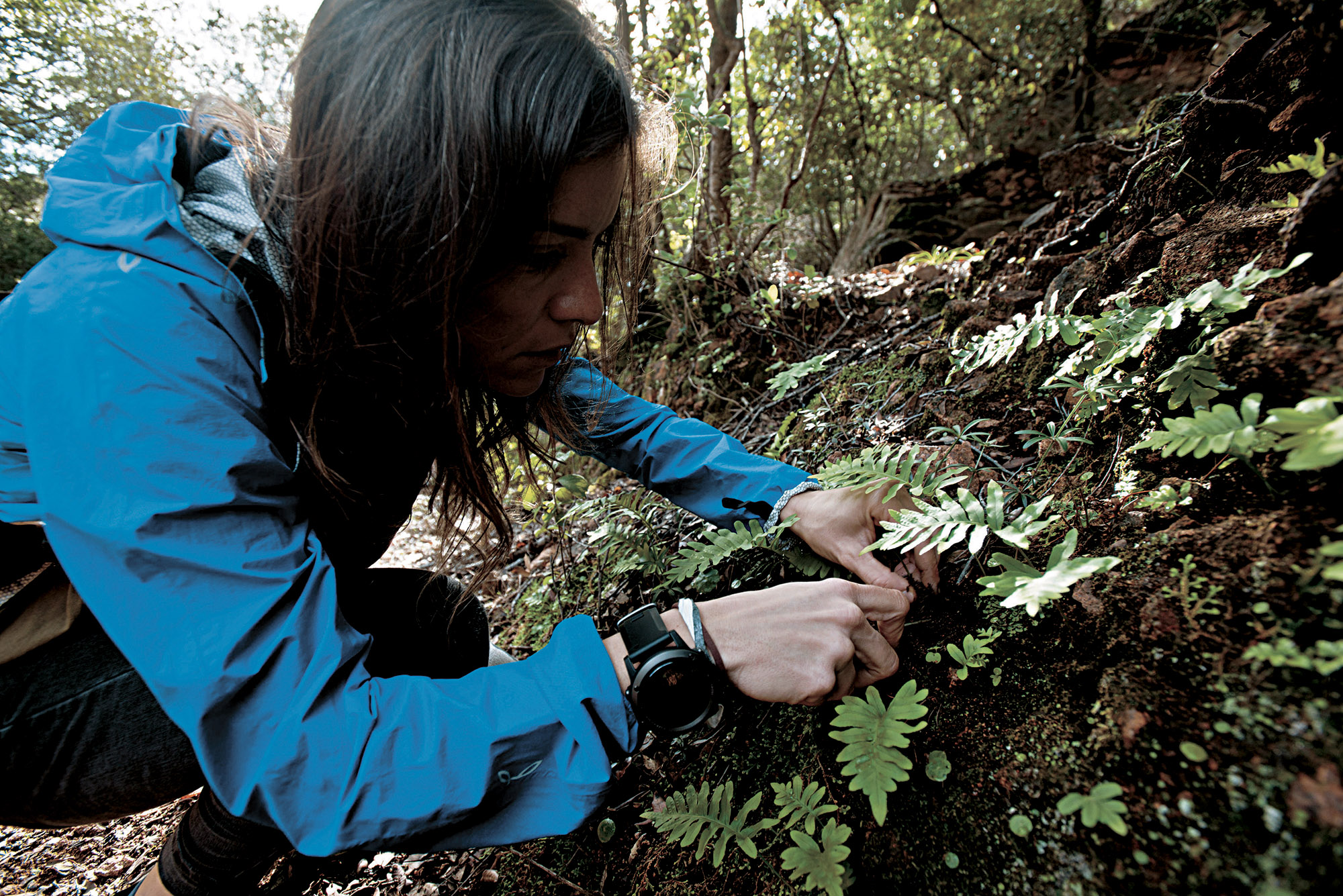
Until the end of the 19th century the diet of the middle or lower class was largely composed of wild food because what was cultivated (intensive agriculture did not exist back then) was little and was usually destined to the richest classes. Wild ingredients have therefore been a very important part of our cultural identity. Recovering these techniques and ingredients and continuing to catalog the ingredients of wild origin, going beyond those already used in our tradition, and cataloging new ones from a nutritional point of view, just like we are doing at Wooding, can be a choice very contemporary in recovering our identity and tradition and also a vehicle for very current concepts almost “fundamental” such as food sustainability, cooperation and environmental protection. Wild food, if harvested through codified rules, is in fact food with zero impact on the environment and is a huge and immediately available resource.
Being a forager means knowing how to consider the environment as a resource to be used but in total respect. A truly contemporary concept. And training in this sense is not only useful. Is fundamental. There are thousands of plant species, classified as edible, and as many, often similar, that are toxic and dangerous if ingested. Doing foraging without a guide or without adequate preparation is not recommended and harmful for both the environment and ourselves. Approaching foraging means first of all knowing the environment, studying ecosystems, the dynamics that move them, ethnobotany, botany, the territory and geography. This knowledge makes us respectful and cooperative with the environment. This job really gives me the chance to be really “connected” every day. Feeling part of the natural environment also helps me to better understand some of the dynamics that I consider fundamental for the personal growth of each of us.
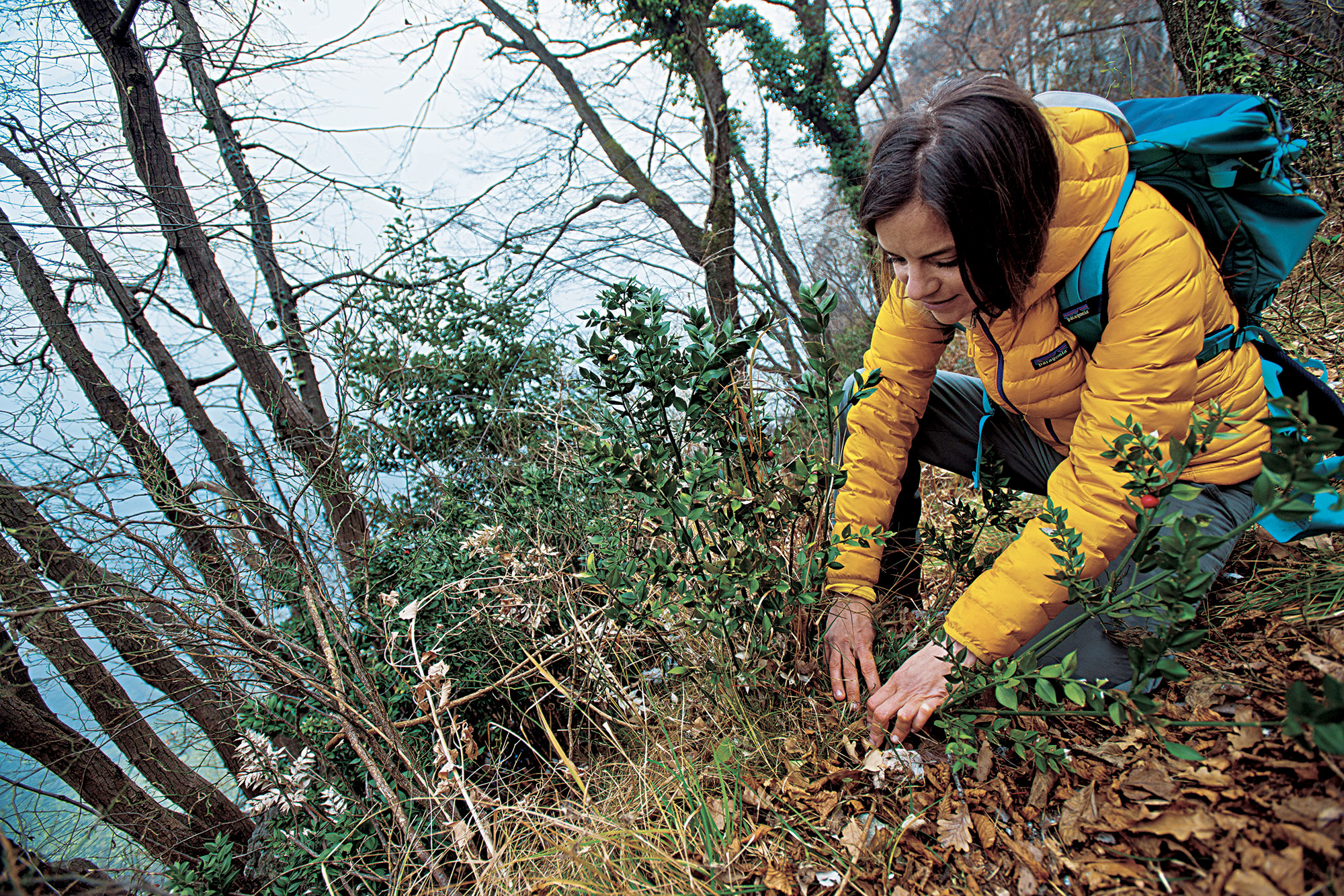
It made me responsible towards real needs. In short, down to earth. Furthermore, harvesting and bringing back efforts in our existence, understanding our planet’s limits, is something very healthy today, because we are used to consider only the walls of our apartment. But our house should be out there. We should find a sense of stability, balance and well-being in the middle of a forest, on a high mountain pass, scattered in some pristine corner.
My new book, recently published by Giunti, “Learning the art of foraging”, before being an harvesting manual, is a guide to environmental exploration. Divided into chapters that represent different habitats, it presents the wild food available in our ecosystems as an important food and cultural resource and clarifies my intent to invite the reader to approach ecosystems to learn about them and consequently to respect and protect them. In this sense, foraging becomes a means, a vehicle or a pretext for teaching a conscious and very useful environmental education. It is crazy to see how the attitude of people who discover the mysteries of spontaneous harvesting changes.
Taking courses really satisfies me, I love seeing people’s participation in something new and, in most cases, I know that it doesn’t remain an isolated case. Many of them go on with foraging, some sporadically, others with more conviction, with a greater awareness. People who participate in the courses almost always tell me that their way of observing has changed. They became more present and more attentive. They live the present moment and the relationship with the environment with greater awareness.
That makes me really happy. Nature teaches me something every day and has taught me to live and understand existence.
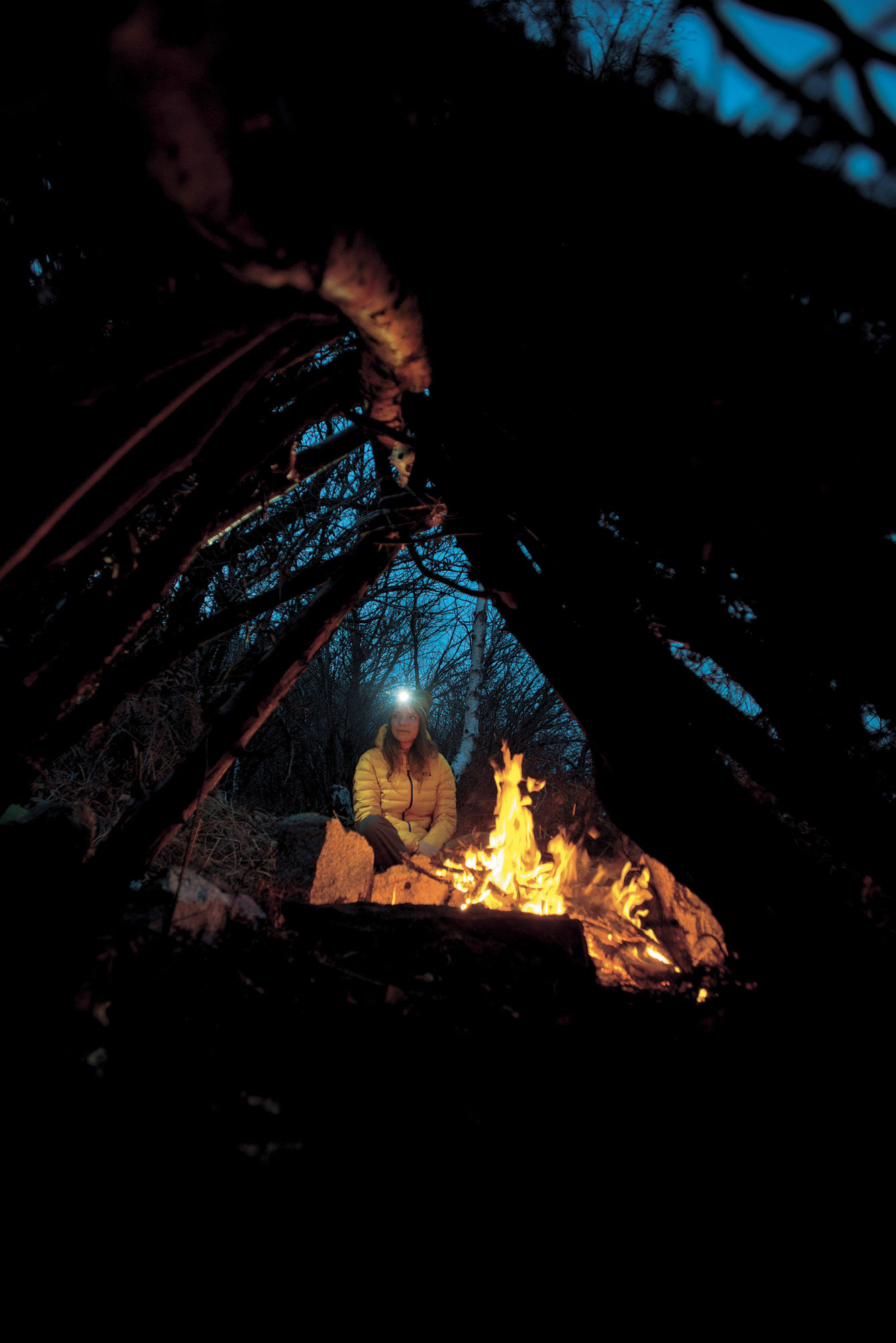
“Learning the art of foraging”
Ho to know, harvest, consume wild food
Mosca Valeria Margherita
384 pages
Giunti editore
An expert in foraging with a passion for hiking and exploration, Valeria Margherita Mosca opens up the world of spontaneous food collection. A world that is future, sustainability, beauty, adventure and that invites you to reconnect with nature in the simplest way: feeding on what it offers. More than 150 species of herbs, flowers, shrubs, trees, fruits, mushrooms, but also lichens, algae and molluscs – common in our habitat or incredible and almost mysterious – alternate with many suggestions to learn and explore the most diverse environments.
Share this Feature